
The Battle of the Sakarya, also known as the Battle of the Sangarios, was an important engagement in the Greco-Turkish War (1919–1922).

Mustafa Kemal Atatürk, also known as Mustafa Kemal Pasha until 1921, and Ghazi Mustafa Kemal from 1921 until the Surname Law of 1934, was a Turkish field marshal, revolutionary statesman, author, and the founding father of the Republic of Turkey, serving as its first president from 1923 until his death in 1938. He undertook sweeping progressive reforms, which modernized Turkey into a secular, industrializing nation. Ideologically a secularist and nationalist, his policies and socio-political theories became known as Kemalism.

Anıtkabir is a mausoleum complex located in the Çankaya district of Ankara, Turkey. It serves as the resting place of Mustafa Kemal Atatürk, founder and first President of the Turkish Republic. Designed by architects Emin Onat and Orhan Arda, the construction of Anıtkabir began in 1944 and was completed in 1953. In addition to the mausoleum, the complex consists of various structures and monuments, as well as a wooded area known as the Peace Park.
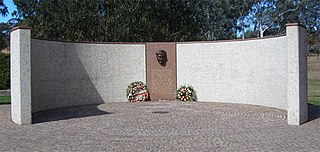
The Kemal Atatürk Memorial is a memorial directly opposite the Australian War Memorial on Anzac Parade, the principal memorial and ceremonial parade in Canberra, the capital of Australia.

Kemalism, also known as Atatürkism, or the Six Arrows, is the founding and official ideology of the Republic of Turkey based on the ideas and legacy of Mustafa Kemal Atatürk.
The Battle of Marash, also called the "Marash Affair", took place in the early winter of 1920 between the French forces occupying the city of Maraş in the Ottoman Empire and the Turkish National Forces linked to Mustafa Kemal Atatürk. It was the first major battle of the Turkish War of Independence, and the three-week-long engagement in the city ultimately forced the French to abandon and retreat from Marash and resulted in a Turkish massacre of Armenian refugees who had just been repatriated to the city following the Armenian Genocide.
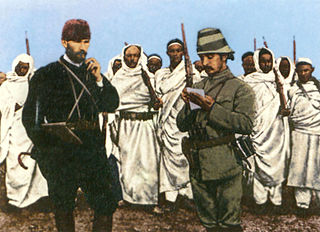
The Battle of Tobruk (1911) or Nadura Hill Battle occurred on 22 December 1911 during the Italo-Turkish War. The battle was a small engagement primarily known for the involvement and leadership of future Turkish president Mustafa Kemal Atatürk.
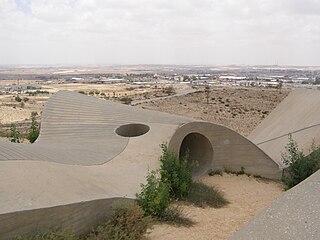
The Monument to the Negev Brigade, known locally as the Andarta, is a monument designed by Dani Karavan in memory of the members of the Palmach Negev Brigade who fell fighting on Israel's side during the 1948 Arab Israeli War. It is situated on a hill overlooking the city of Beersheba from the east and constitutes a recognized symbol of the Negev and Beersheba. In addition to its strengths as a memorial, it was a precursor to the land art movement.
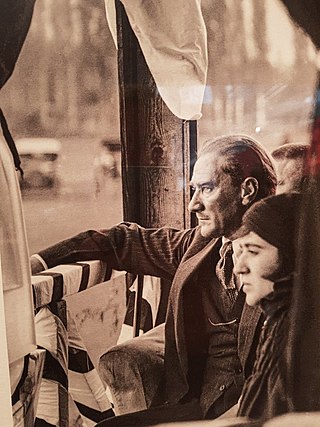
The personal life of Mustafa Kemal Atatürk has been the subject of numerous studies. Atatürk founded the Republic of Turkey and served as its president from 1923 until his death on 10 November 1938. According to Turkish historian Kemal H. Karpat, Atatürk's recent bibliography included 7,010 different sources. Atatürk's personal life has its controversies, ranging from where he was born to his correct full name. The details of his marriage have always been a subject of debate. His religious beliefs were discussed in Turkish political life as recently as the Republic Protests during the 2007 presidential election.
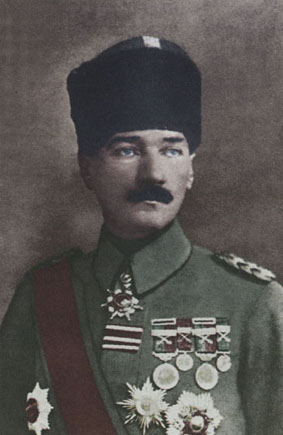
Mustafa Kemal Atatürk was a field marshal, revolutionary statesman, and founder of the Republic of Turkey as well as its first president. Mustafa Kemal Atatürk's military career explains his life between graduation from Ottoman War College in Istanbul as a lieutenant in 1905 to his resignation from the Ottoman Army on 8 July 1919, as well as his military leadership throughout the subsequent Turkish War of Independence.
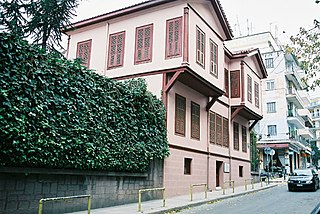
The Atatürk Museum is a historic house museum in Thessaloniki, Central Macedonia, Greece.

Atatürk's cult of personality was started during the life of Mustafa Kemal Atatürk and continued by his successors after his death in 1938, by members of both his Republican People's Party and opposition parties alike, and in a limited amount by himself during his lifetime in order to popularize and cement his social and political reforms as a founder and the first President of Turkey. The cult has been compared to similar personality cults in the authoritarian regimes of Central Asia and the Soviet Union.
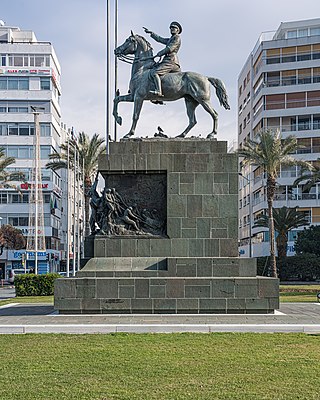
Atatürk Monument is a monument in İzmir, Turkey dedicated to the Turkish War of Independence depicting equestrian Mustafa Kemal Atatürk.

Atatürk Monument is a statue depicting Mustafa Kemal Atatürk, the founder of the Republic of Turkey, in Mersin, Turkey.
İnönü Military Quarter and War Museum is a military and war museum in Turkey.
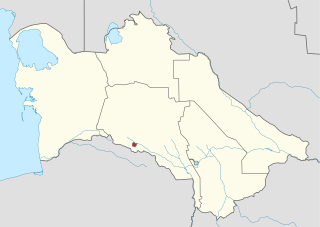
Atatürk Square is a park named after Mustafa Kemal Atatürk, founder of the Turkish Republic located in the center of Ashgabat.
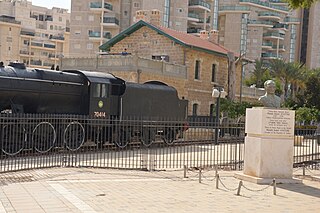
The Mustafa Kemal Atatürk Memorial is a monument near the Turkish Soldiers Monument in memory of the Ottoman soldiers who died during the Battle of Beersheba in Beersheba, Israel.
Mustafa Kemal Atatürk Plaza is a square with the Turkish Soldiers Monument and the Atatürk Memorial, dedicated to the Ottoman soldiers who died during the Battle of Beersheba in Beersheba, Israel.
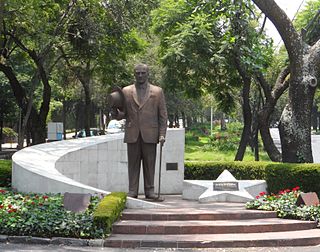
Mustafa Kemal Atatürk Monument is a monument located on Paseo de la Reforma in Mexico's capital, Mexico City.
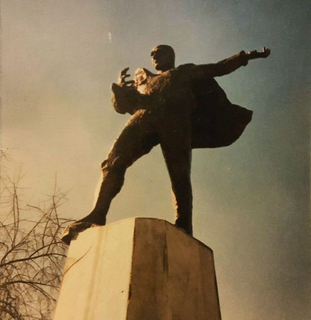
The Uşak Atatürk Monument is a caped Atatürk sculpture in Uşak, Turkey by Gürdal Duyar that was inaugurated in 1965. The sculpture was one of 8 Atatürk monuments erected after winning a competition initiated by a campaign of the Milliyet newspaper. It is one of the best-known early examples of Gürdal Duyars' style of modern figurative sculpture, and is one of Turkeys first modern figurative Atatürk monuments. It was originally created for its initial location on a high plinth in a park called government square in front of the governors building, but has since been moved to a new location onto a new-lower plinth near the Uşak railway station.

















